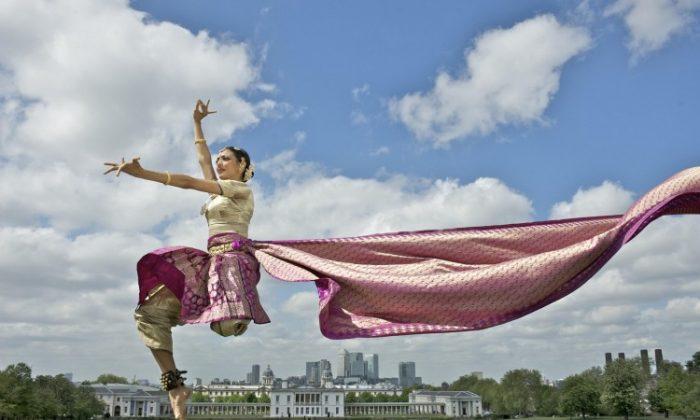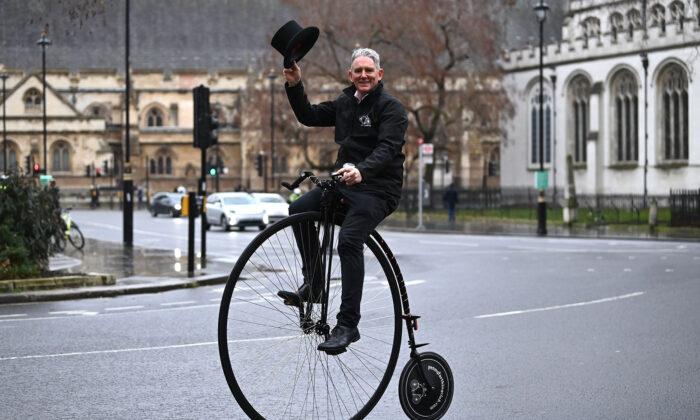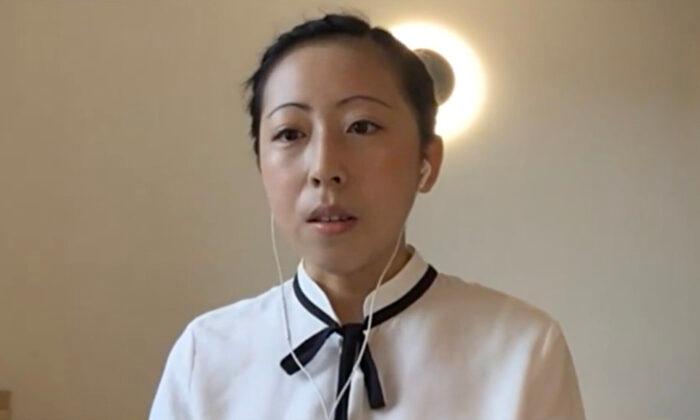For many people, what they know about dance from India and Pakistan doesn’t extend much further than Bollywood. In fact its culture is vast, spanning thousands of years.
Christopher Bannerman, Professor of Dance at Middlesex University, has an extraordinary knowledge of South Asian dance. It’s unusual for any Westerner to be so well-schooled in another culture, and, says Bannerman, it partly stems from his upbringing.
“Although I wouldn’t have said this a few years ago, in the fullness of time one realises that one has had certain experiences in life that set something in place, so that I had a feeling for Asia and for the East. I didn’t realise it so much at the time thinking back on it,” he admits.
When he was growing up in Canada, he trained in the Canadian National Ballet. His father was doing a PhD in Chinese philosophy, and his house had many Chinese artifacts, his grandfather had apparently been a sea captain in Japan, and his family had some friends from India.
During his year out in South Asia, he absorbed the wonders of South Asian dance, practised yoga, and spent time in North India with the Tibetan community. In fact he watched the dance more than he performed it, when he realised how difficult it was.
The years of training dancers go through is most commendable. Dance is a tough discipline. It requires hard work, flexibility, strength, coordination, and proprioception - which Bannerman describes as “the internal feeling in your joints that allows you to sense where your arm is in space”. “That coordination, that proprioception of knowing where you are in space, that makes you a literate body, very watchable, very compelling.”
“When you see the dancing body and one that’s crafted and trained, you see the effort in a sense although it may appear effortless, you can see that decades have gone into making that effortlessness.” The most graceful and effortless poses have perhaps had the most amount of hard work behind them.
It is interesting to know that ballet and Indian dance have some similarities. One of the several styles of dance originating from India is called Bharatanatyam. “Bharatanatyam is very geometric, and you could say ballet is geometric, they both have a concern for shape in space,” explains Bannerman; it also shares the demi-plie position found in ballet. What’s different is the use of weight: “People are stamping the floor, there’s quite a heavy use of weight and … ballet is usually designed to look ethereal and light.”
Bharatanatyam is closely associated with the Natya Shastra, one of the oldest and most fundamental books about Indian dance and theatre thought to have been written around 1 BC. It is an extraordinary and exhaustive analysis consisting of around 36 chapters. “They partly divided dance and drama into three forms: one was the pure dance, Nritta, the other was dance drama, Narittya, and the third was emotional postures called Abhinaya,” explains Bannerman.
Abhinaya can literally be translated as “carry towards”, implying carrying the audience towards the meaning of the dance. In the Natya Shastra, the concept of Abhinaya is defined into a further four types: expression through body movements, through speech, through costume, hairstyles and stage props, and the change of emotional states.
Perhaps the Natya Shastra is but one of the marvels of the East that we in the West may not be aware of. “More things come from Asia than we realise … everything from the printing press, from paper to gunpowder all came from China,” remarks Bannerman.
During a performance the audience is often left in awe, and perhaps more than that. Dance really does have a profound effect on us. “Scientists have now demonstrated … by placing electrodes on your head, and then showing you dance … that your brain is talking to those muscles that the dancers are using,” says Bannerman. “So there is some kind of kinesthetic connection and communication.”
Christopher Bannerman is Head of ResCen (Centre for Research into Creation in the Performing Arts), and was chairing a symposium on dance held by Akademi at The Place, London.











Friends Read Free